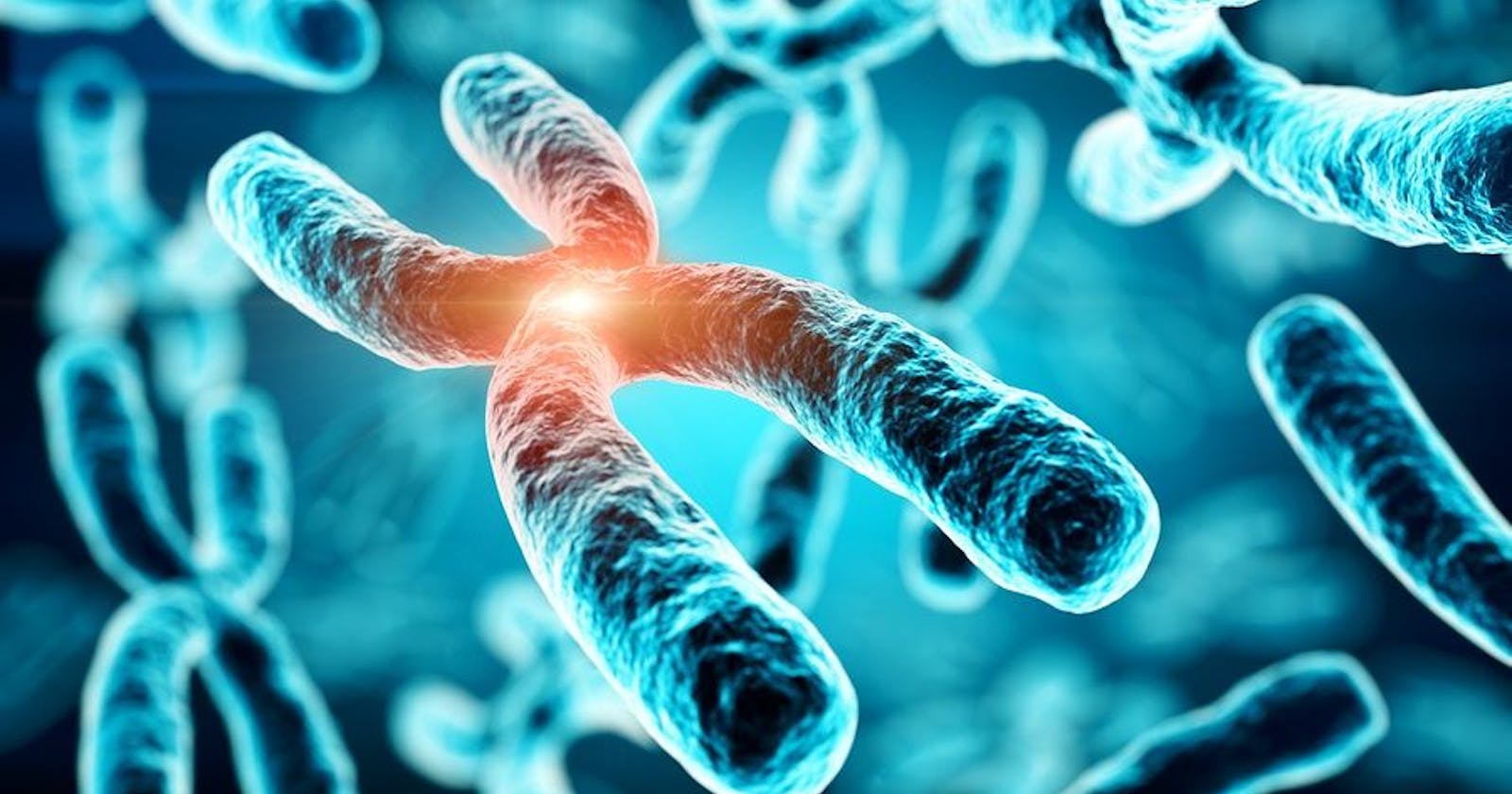Table of content
Sequencing targets DNA/RNA
Fragmentation
Size selection
Adaptor ligation
immobilization to solid support
Sequencing using NGS
Sequencing reads
Sequencing targets DNA/RNA
we do sequencing in DNA/RNA molecules in fragmented form as there is no sequencing machine that can read the DNA molecules as it is because these are in a chromosomal condition that is too large to be read, so we do fragmentation for DNA, breaking down for DNA molecules into pieces.
Size selection
in this step, all DNA fragments must be equal, if a fragment is 300bp the rest of the fragments will be the same size, but I will pick the size/number of base pair depending on what? depending on the platform of the sequencer every sequencer machine has its protocol, which represents the capability of base pair reading, each platform has a specific size to read there are many different sizes depending on the sequencing machine.
Adaptor ligation
what is adaptor ligation?
are oligonucleotides ligated during the sequencing library preparation to the 3 and 5 ends of the biological sequence?
it also contains forward/reverses primers for the binding sequences for immobilizing the fragments to the flowcell and allowing bridge amplification. adaptors are binding at the two ends(forward/reverses) of the DNA strands after fragmentation.
what is the purpose of the binding adaptor to DNA?
it is holding barcoding sequences (it makes a signature in the region that has been read my sequence in the flowcell’s line)
what is unique molecular identifiers(UMIs)?
it is a short DNA molecule that distinguishes between the biological duplicates in the sequence ( as there are genes that are repeated/duplicated naturally in the genome) that UMIs added at the beginning of the DNA sequence to make difference between PCR clones and the biological duplicated genes.
how could unique molecular identifiers (UMIs) help to reduce quantitative biases? if the sequence is starting and ending at the exact same position and has the same UMIs sequence so that is PCR clones if else that is biological duplicate.
platforms of sequencing depend on different methods like:
454/Roche platform depends on direct light emission
Illumina and pacific bioscience systems depend on fluorescence generated from the use of chemically modified nucleotides.
ion torrent system depends on PH change.
nanopore sequencing depends on electric field disturbance.
Sequencers can read sequences in two different ways:
Single-read sequencing: only one end of the DNA fragment is read.
Paired-end sequencing: one end of the DNA fragment is read.
in all results we use two ways for handling the sequence resulting from the sequencer machine:
subsequence alignment: in this case, we have a reference genome, comparing the sequence to the reference genome of it.
genome assembly: like a puzzle, DNA fragments are collected to be looks like the DNA in the biological cell.
